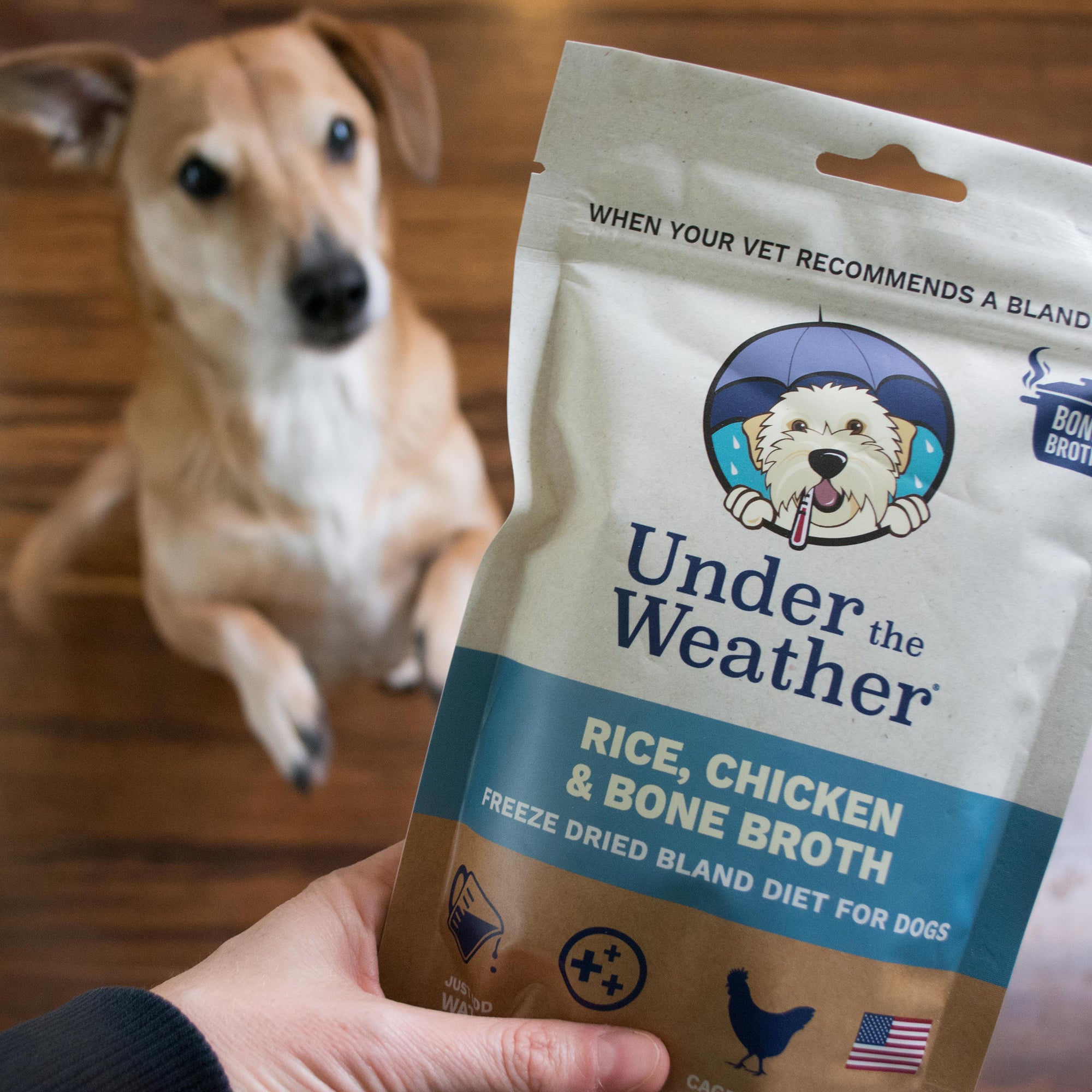In the realm of canine aesthetics, the coveted “dog 6 pack” stands as a testament to strength, athleticism, and overall well-being. This in-depth guide delves into the intricacies of dog 6 pack development, exploring its causes, benefits, training techniques, and nutritional considerations, empowering dog owners with the knowledge to enhance their furry companions’ physical prowess and overall health.
Unveiling the secrets behind this sought-after abdominal definition, we embark on a journey to understand the underlying factors that shape the dog 6 pack, including genetics, exercise, nutrition, breed, and age. Along the way, we dispel common myths and misconceptions, emphasizing the importance of a holistic approach that prioritizes a dog’s overall well-being.
Definition of ‘Dog 6 Pack’
In canine anatomy, the term ‘dog 6 pack’ refers to a specific group of abdominal muscles that contribute to the development of a visible muscular definition along the ventral midline of the abdomen.
This muscular region is composed of three pairs of muscles: the rectus abdominis, the external oblique, and the internal oblique muscles. The rectus abdominis forms the central vertical band, while the external and internal obliques flank it on either side.
Muscles Involved in a ‘Dog 6 Pack’
The rectus abdominis is a long, strap-like muscle that runs along the ventral midline of the abdomen, from the sternum to the pubic bone. It is responsible for flexing the spine and tilting the pelvis.
The external oblique muscles are located on the lateral sides of the abdomen, running from the ribs to the pelvis. They assist in flexing the spine and rotating the trunk.
The internal oblique muscles lie deep to the external obliques and run in the opposite direction, from the pelvis to the ribs. They also contribute to spinal flexion and trunk rotation.
When these muscles are well-developed, they create a visible muscular definition that resembles a ‘six-pack’ in humans, hence the term ‘dog 6 pack’.
Causes of a ‘Dog 6 Pack’

The development of a ‘dog 6 pack’ is influenced by a combination of genetic, environmental, and lifestyle factors. Understanding the underlying causes can help owners optimize their dogs’ fitness and overall well-being.
Genetic Factors
The genetic makeup of a dog plays a significant role in determining the prominence of their abdominal muscles. Certain breeds, such as the American Pit Bull Terrier, Boxer, and Doberman Pinscher, are predisposed to developing a well-defined ‘6 pack’ due to their muscular build and athletic capabilities.
Exercise and Nutrition
Regular exercise is crucial for strengthening the abdominal muscles and promoting their visibility. Activities such as running, swimming, and agility training engage the core muscles and help build muscle mass. A balanced diet that provides adequate protein and essential nutrients is also essential for supporting muscle development and recovery.
Breed and Age
The breed of a dog can influence the prominence of their ‘6 pack’. Breeds with a lean and athletic build, such as working dogs and sporting breeds, tend to have more visible abdominal muscles compared to breeds with a stockier or more relaxed body type.
Age can also play a role in the appearance of a ‘dog 6 pack’. As dogs age, they may experience a decline in muscle mass and a decrease in the visibility of their abdominal muscles.
Benefits of a ‘Dog 6 Pack’

A well-developed ‘dog 6 pack’ or abdominal muscle group offers a range of functional advantages for dogs. Strong abdominal muscles play a crucial role in supporting the spine, enhancing mobility, and facilitating efficient movement.
Enhanced Athleticism and Mobility
A ‘dog 6 pack’ provides a stable base for the hindquarters, enabling powerful leaps, quick turns, and agile maneuvers. The strong abdominal muscles help dogs maintain balance and control during high-impact activities such as running, jumping, and fetching. Improved core strength also enhances a dog’s ability to navigate uneven terrain, climb obstacles, and perform complex movements.
Improved Overall Health
A well-developed ‘dog 6 pack’ contributes to overall health and well-being. Strong abdominal muscles support the internal organs, preventing sagging and displacement. This can help reduce the risk of gastrointestinal issues, such as bloat and torsion, which can be life-threatening in severe cases.
Additionally, abdominal muscles aid in digestion and contribute to a healthy metabolism.
Training for a ‘Dog 6 Pack’
Training dogs for a ‘dog 6 pack’ involves a combination of targeted exercises, proper nutrition, and consistency. It’s important to consult with a veterinarian before starting any new exercise program to ensure the dog is healthy and fit enough for the activity.
Step-by-Step Guide
1. Start Gradually
Begin with short, low-intensity exercises and gradually increase the duration and intensity as the dog becomes stronger.
2. Focus on Core Muscles
Engage the dog’s core muscles by incorporating exercises that require them to hold their body in a stable position, such as planks and side planks.
3. Incorporate Variety
Mix up the exercises to keep the dog engaged and prevent boredom. Use different types of equipment like agility tunnels, wobble boards, and balance balls.
4. Use Positive Reinforcement
Reward the dog with treats, praise, or play for completing exercises correctly. This will motivate them to continue training.
5. Monitor Progress
Observe the dog’s body language and energy levels during training. Rest if they show signs of fatigue or discomfort.
Importance of Exercise Techniques and Intensity
Proper exercise techniques and intensity levels are crucial for effective training. Exercises should be performed with precision and control to avoid injury. The intensity should be challenging enough to stimulate muscle growth without causing strain.
Tips for Core-Strengthening Exercises
*
-*Plank
Have the dog hold a push-up position with their elbows aligned under their shoulders and their body in a straight line from head to tail.
-
-*Side Plank
Position the dog on their side with their legs extended and their head resting on their paw. Hold for 10-15 seconds on each side.
-*Russian Twists
Sit the dog upright with their legs slightly elevated and have them twist their body from side to side, touching their nose to their paws.
Diet and Nutrition for a ‘Dog 6 Pack’
A well-balanced diet is essential for dogs of all ages and activity levels, but it becomes even more crucial for dogs aiming to develop a defined abdominal musculature. The right combination of nutrients can provide the building blocks and energy necessary to support muscle growth and recovery.
Macronutrients
Lean Protein:Protein is the primary building block for muscle tissue. Dogs aiming for a 6-pack should consume high-quality protein sources, such as lean meats (chicken, turkey, fish), eggs, and low-fat dairy products. These sources provide essential amino acids that the body cannot produce on its own.
Complex Carbohydrates:Complex carbohydrates, found in whole grains, brown rice, and vegetables, provide sustained energy for muscle activity and recovery. Unlike simple carbohydrates, they release glucose slowly into the bloodstream, preventing spikes in blood sugar levels. Essential Fatty Acids:Essential fatty acids, particularly omega-3 and omega-6, play a crucial role in reducing inflammation and promoting muscle recovery.
They can be found in fish oil, flaxseed oil, and certain vegetable oils.
Hydration
Adequate hydration is vital for overall health and muscle function. Dogs should have access to fresh water at all times, especially during and after exercise.
Meal Frequency and Portion Control
Feeding dogs multiple smaller meals throughout the day, rather than one or two large meals, can help regulate blood sugar levels and provide a steady supply of nutrients to support muscle growth. Portion control is also essential to prevent overfeeding and obesity.
Breeds with a Pronounced ‘Dog 6 Pack’
Certain dog breeds are renowned for their well-defined abdominal muscles, commonly referred to as a ‘dog 6 pack’. This distinct muscular appearance is a result of a combination of genetic predisposition, physical activity, and nutritional factors.
The following table compares several dog breeds known for their prominent ‘dog 6 packs’, highlighting their breed characteristics, muscle mass, and athletic abilities:
| Breed | Characteristics | Muscle Mass | Athletic Abilities |
|---|---|---|---|
| American Staffordshire Terrier | Muscular, powerful build; known for strength and agility | High | Agility, weight pulling, obedience |
| Doberman Pinscher | Elegant, athletic build; known for speed and endurance | Moderate | Agility, obedience, tracking |
| German Shepherd | Intelligent, versatile breed; known for strength, agility, and endurance | High | Agility, herding, obedience, tracking |
| Malinois | Agile, athletic breed; known for high energy and drive | Moderate to high | Agility, herding, obedience, tracking |
| Rhodesian Ridgeback | Athletic, muscular breed; known for strength and endurance | High | Agility, obedience, tracking, hunting |
These breeds possess a genetic predisposition to develop strong abdominal muscles. Their athletic nature and high energy levels necessitate regular physical activity, which further enhances muscle development. Additionally, a balanced diet tailored to their specific nutritional needs is essential for maintaining muscle mass and definition.
Myths and Misconceptions about ‘Dog 6 Packs’

Contrary to popular belief, ‘dog 6 packs’ are not solely attainable for certain breeds. With proper nutrition, exercise, and training, most dogs can develop a defined abdominal musculature.
It is crucial to prioritize a dog’s overall health and fitness rather than solely focusing on aesthetics. Excessive training for a ‘dog 6 pack’ can lead to potential health risks, such as muscle strains or injuries.
Potential Risks of Excessive Training, Dog 6 pack
- Muscle strains or tears
- Joint pain or inflammation
- Gastrointestinal issues due to increased abdominal pressure
Epilogue

Mastering the art of dog 6 pack development requires a multifaceted approach that encompasses tailored training regimens, mindful nutrition, and a deep understanding of canine anatomy and physiology. By embracing the principles Artikeld in this guide, dog owners can empower their furry friends to achieve optimal physical performance, enhanced mobility, and a radiant glow that reflects their inner strength and vitality.
Remember, the pursuit of a dog 6 pack should never compromise a dog’s overall health and well-being. Strive for a balanced approach that celebrates the unique attributes of each canine companion, fostering a harmonious union of aesthetics and vitality.
Key Questions Answered
Is it possible for all dogs to develop a 6 pack?
While all dogs have abdominal muscles, the prominence of a 6 pack is influenced by genetic factors, breed, age, and body condition. With proper training and nutrition, many dogs can enhance their abdominal definition to varying degrees.
What are the benefits of a dog 6 pack?
A well-developed dog 6 pack provides functional advantages, including improved athleticism, enhanced mobility, and increased overall health. Strong abdominal muscles support the spine, pelvis, and internal organs, contributing to a dog’s overall well-being.
How can I safely train my dog for a 6 pack?
Start with gradual exercises that engage the core muscles, such as sit-ups, leg raises, and plank holds. Gradually increase the intensity and duration of the exercises as your dog’s strength improves. Ensure proper form and avoid excessive training to prevent injuries.
What type of diet supports dog 6 pack development?
A balanced diet rich in lean protein, complex carbohydrates, and essential fatty acids is crucial for supporting muscle growth and development. Avoid excessive treats and processed foods, as these can contribute to weight gain and hinder abdominal definition.